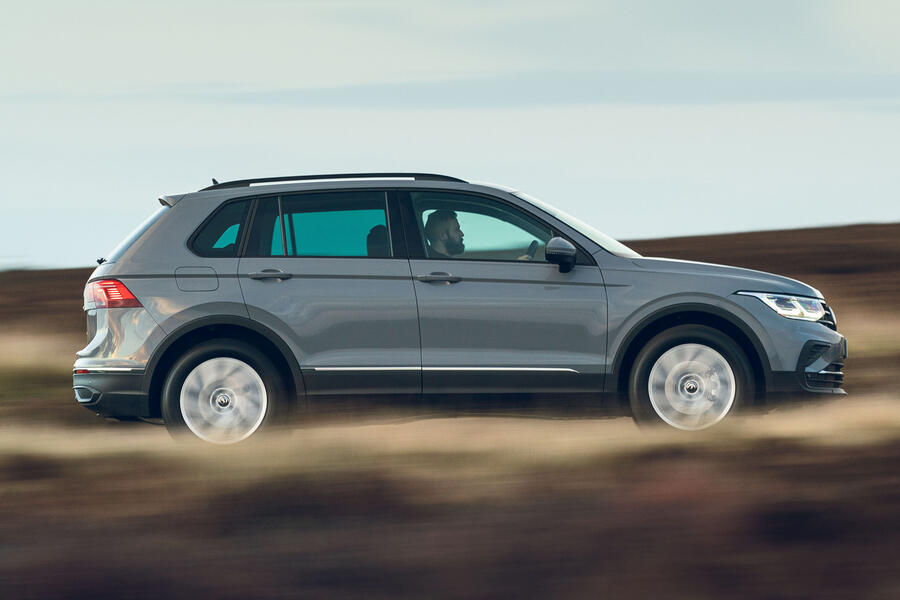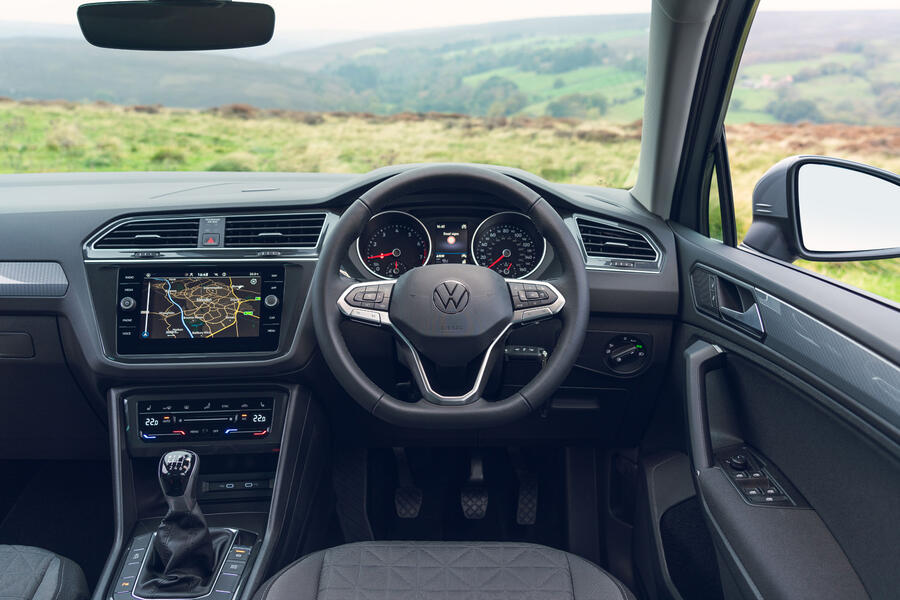What is it?
This is our first look at a petrol-fuelled Volkswagen Tiguan since the second-generation model was launched in 2016. In this guise, the mainstream compact SUV gets the rare combination of three pedals, a non-electrified drivetrain and, by today’s standards, almost balloon-like 65-profile tyres on its meagre 17in rims. We’ll come back to whether this mix still makes sense.
Tested here in Active trim, it represents the range’s lower-middle ground at £29,180. That its 148bhp, 1.5-litre turbocharged four is now the most popular engine in the line-up shows how the tide has turned against diesel power in this sector, too. At its launch, the 2.0 TDI diesel used to be top dog.
There’s certainly a compelling argument for choosing this engine instead of the oil-burner. It produces identical power to the most popular TDI and trades almost nothing in terms of benchmark performance (9.9sec 0-62mph and 126mph top speed versus the diesel's 9.4sec and 125mph). With a maximum 184lb ft of torque, the petrol is 67lb ft down on the diesel’s output, but given that it’s produced between 1500rpm and 3500rpm, it will slog away with the best of them.
As you’d expect, there’s a price to pay at the pump, with the TSI’s official combined 43.9mpg markedly down on the TDI’s 55.4mpg. But factor in the near-£2000 extra you’d pay for an Active 2.0 TDI (and the extra cost of a litre of diesel), and the marginal hit on your tax liability if you were running it as a company car (32% plays 29% for the diesel), and you can begin to see why buyers are starting to prefer refuelling at the green pump.

